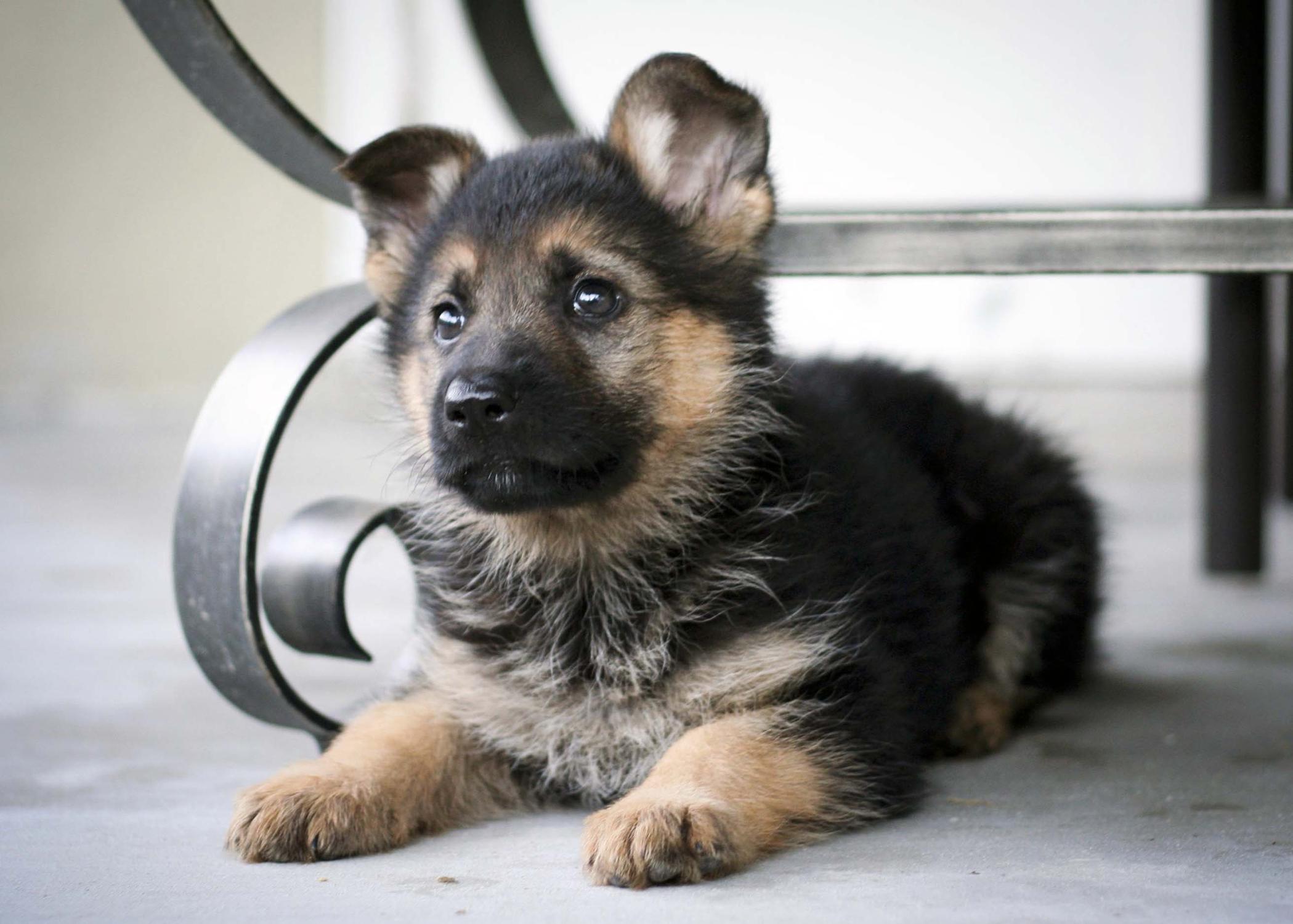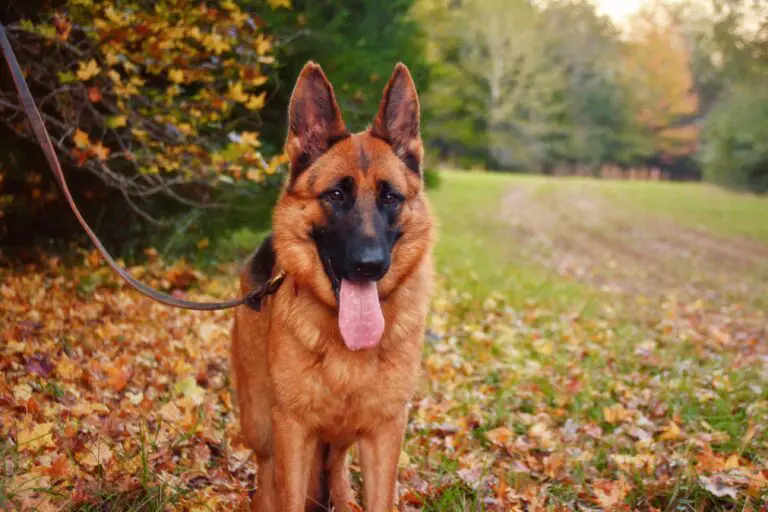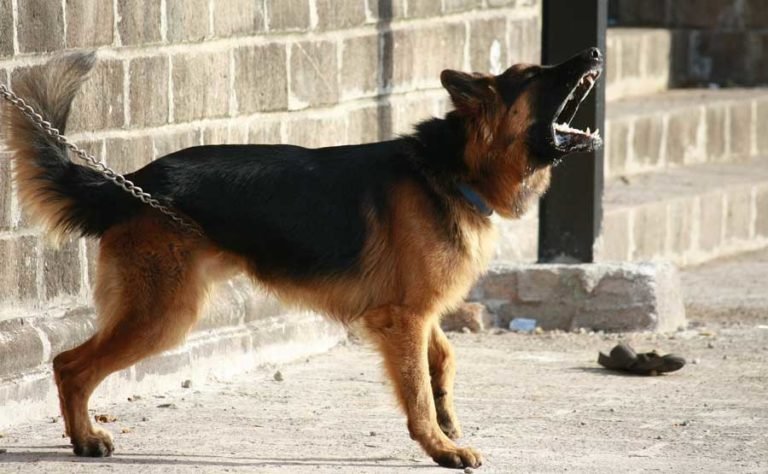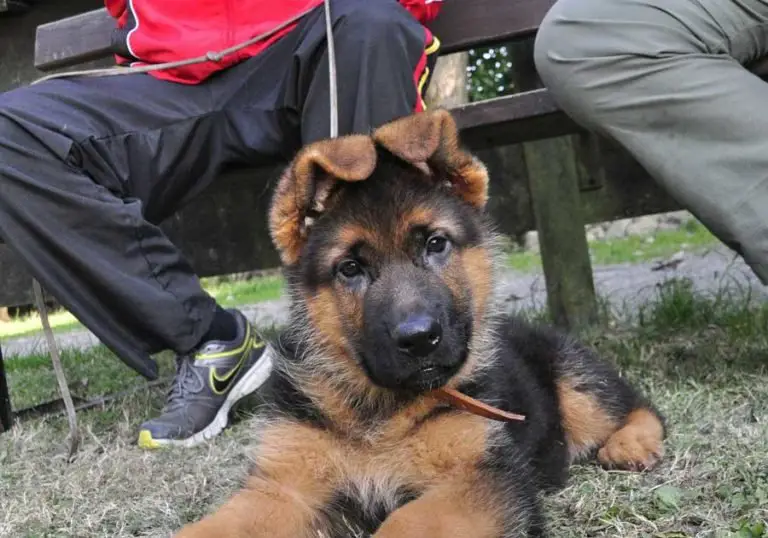Do German Shepherds Have Dew Claws?
As a dog lover, have you ever noticed the dew claws on your furry friend’s paws? Specifically, if you are a German Shepherd owner, you may wonder if these intelligent and loyal dogs have dew claws.
The truth is, many dog breeds have dew claws, but it’s not uncommon for them to be removed for various reasons. In this post, we will explore the presence of dew claws in German Shepherds, the function they serve, and potential complications related to them.
We’ll also provide some essential grooming tips to help you take care of your German Shepherd’s dew claws. So, let’s dive in and learn everything there is to know about dew claws on German Shepherds!
Understanding Dew Claws
Dew Claws are extra toes found on the inner side of a dog’s paw. They’re like a dog’s thumb, and are sometimes called “thumb” or “fifth” toes. Dew claws are not always present in all breeds but can be found in most dogs, including German Shepherds.
These extra toes are located above the paw and have a nail, just like the other toes. Although they don’t touch the ground when a dog walks, they play a significant role in their overall health and wellbeing.
Physical Features: Exploring German Shepherd Paws
German Shepherds are instantly recognizable by their distinctive physical features, including their sturdy and agile paws. These magnificent animals have large, strong paws with thick pads and long toes that are perfect for gripping and maneuvering across different terrains.
German Shepherd paws are also covered in fur, which serves as a natural insulation against harsh weather conditions. When exploring German Shepherd paws, one can see the unique webbing between their toes, which helps to distribute weight evenly and provides extra support, especially during vigorous physical activities. The size and shape of a German Shepherd’s paws can vary depending on factors such as gender, age, and overall health.
However, regardless of these variations, German Shepherds are known for their robust and functional paws that make them excellent working dogs, as well as devoted companions for people of all ages.
Presence of Dew Claws in German Shepherds
German Shepherds typically have dew claws on their front paws, but not on their hind paws. These dew claws are attached to the foot by a small amount of skin and aren’t used in walking or running.
They are remnants of a time when dogs needed their dew claws for grasping prey, much like how a thumb helps humans grasp objects. However, the dew claws on a German Shepherd are not very functional, and many owners choose to have them removed to avoid any potential issues.
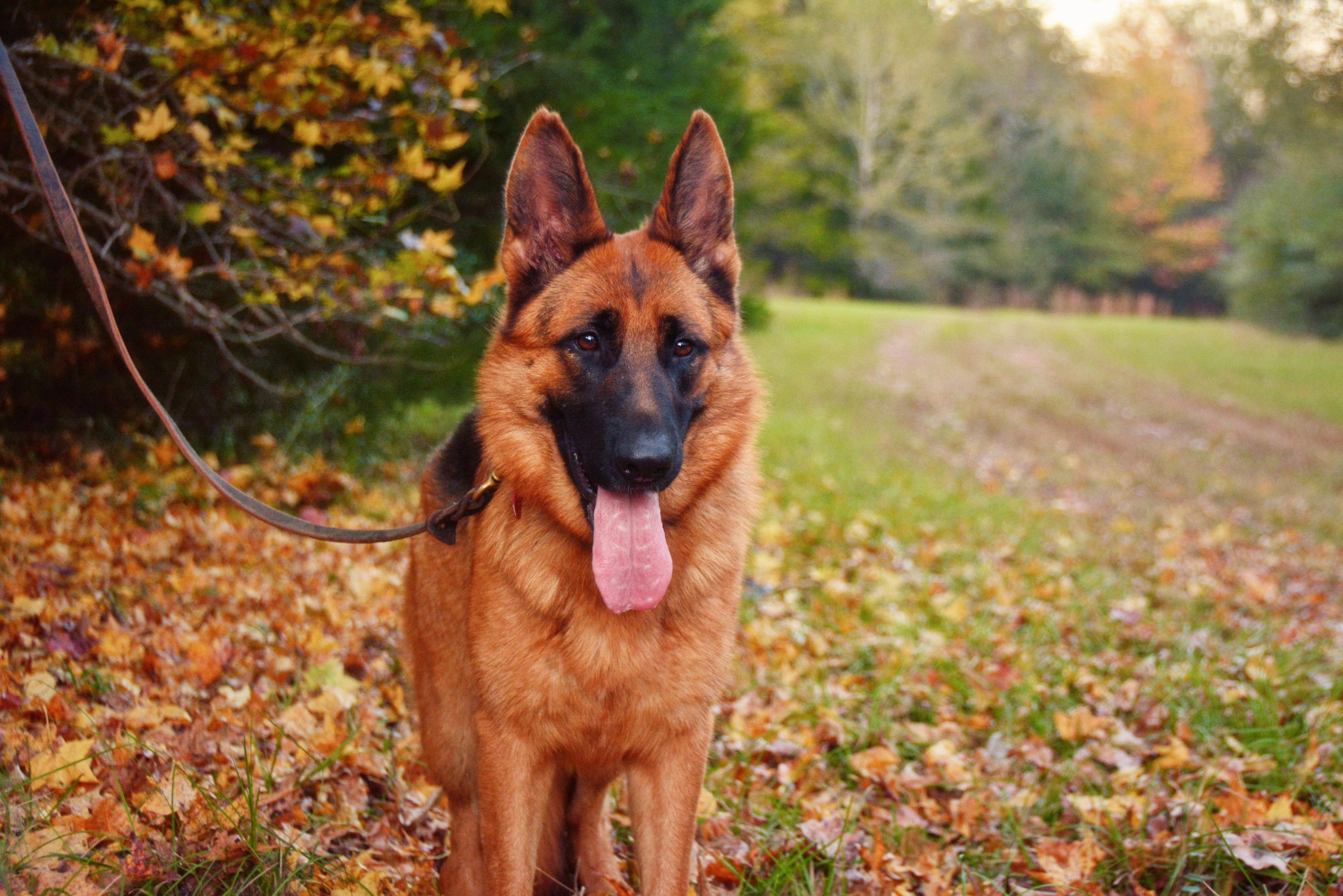
Function of Dew Claws in Dogs
Dew claws in dogs serve various functions that aid in their daily life. These extra toes help maintain balance while running and jumping, as well as gripping onto bones and other objects while chewing.
Dew claws also function as an essential safety feature for dogs, helping them to climb out of slippery surfaces or dangerous situations. Finally, dew claws can act as natural brakes, providing support when the dog needs to stop or change direction quickly. Overall, dew claws may seem insignificant, but they play a vital role in your dog’s daily activity and safety.
Possible Complications and Dew Claws Removal
While dew claws can be helpful for dogs in certain situations, they can also lead to complications. These include the risk of injury, snagging, and infection. In some cases, dew claws can also grow back if not fully removed.
If your German Shepherd experiences any issues with their dew claws, it may be necessary to have them removed by a veterinarian. The procedure is generally safe, but can result in pain and discomfort for your dog during recovery.
Before deciding on dew claw removal, it’s important to weigh the pros and cons and consult with your veterinarian. If the dew claws are not causing any issues, it may be best to leave them as they are.
Caring for Your German Shepherd’s Dew Claws
It’s important to properly care for your German Shepherd’s dew claws to prevent any potential injuries or infections. Regularly check the area around the dew claws for any redness or swelling, as well as any signs of discomfort in your furry friend.
Keep the nails trimmed to prevent overgrowth, which can cause the dew claws to snag and potentially break. Use a dog nail clipper, and be careful not to cut into the quick, which is the pink area in the center of the nail.
Clean the area around the dew claws with a damp cloth or gentle dog-specific wipes. Avoid using harsh chemicals or solutions that can irritate your dog’s skin.
In the case of injury, seek veterinary attention immediately. If dew claw removal is necessary for medical reasons, always consult with a veterinarian to ensure the procedure is done safely and with proper aftercare.
Essential Grooming Tips for Dew Claws
When it comes to grooming your German Shepherd’s dew claws, it’s important to keep them clean, trimmed, and free from any injuries. Firstly, ensure you clean them regularly to prevent any infections from occurring. Make use of a damp cloth to clean the area around and beneath the dew claws.
Trimming your pup’s dew claws is also an essential aspect of grooming. Overgrown dew claws can cause discomfort, snag on things, and even break. If you’re unsure about how to trim dew claws, it’s best to seek the assistance of a professional groomer or veterinarian.
Lastly, check your German Shepherd’s dew claws regularly for any signs of injuries or infections. Keep the area clean and apply medication prescribed by your vet if necessary. Being mindful of your pup’s dew claws is an important aspect of their overall grooming and well-being.
Conclusion
In conclusion, German Shepherds do have dew claws, which are small, fifth toes located higher up on their legs. These claws are attached to the bone and often have little to no function in dogs.
While some owners may choose to remove them, this procedure can be painful and potentially harmful to the dog. It’s important to note that there are several possible complications associated with dew claw removal, including infections, bleeding, and even long-term damage to the dog’s leg structure.
Instead, owners should focus on proper grooming and care of their German Shepherd’s dew claws, which can help prevent any issues from arising. Regular trimming, cleaning, and monitoring for any signs of discomfort or injury can ensure that your furry friend stays happy and healthy for years to come.

